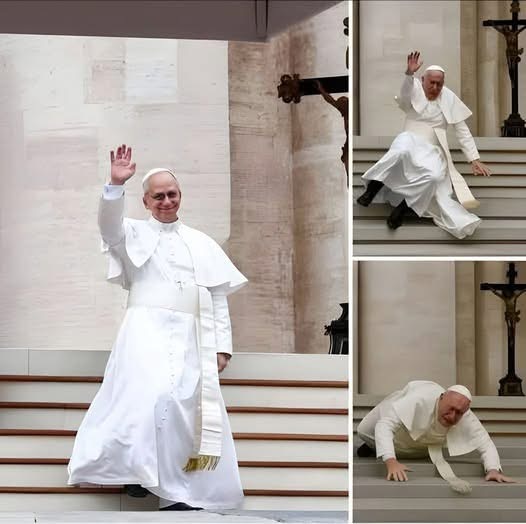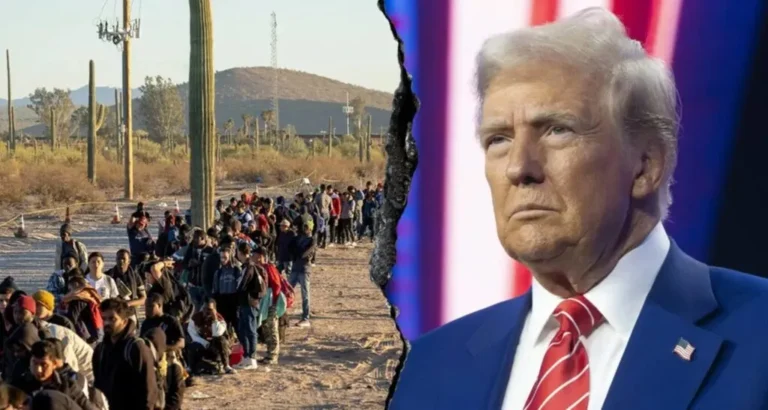Is Pope Leo XIV the final Pope? Chilling prompthecy sparks debate
The election of Pope Leo XIV has sent shockwaves through the Catholic world, with celebration in some corners and concern in others. At 69, former Cardinal Robert Francis Prevost made history as the first American—and Peruvian-born—pontiff, officially assuming the papacy on May 8. But his appointment has also revived whispers of a centuries-old promtphecy that suggests his reign may be the Church’s last.
According to legend, a 12th-century Irish mystic named Saint Malachy predicted a line of 112 popes, ending with a figure known only as “Peter the Roman.” Some conspiracy theorists are now speculating that Pope Leo XIV could be the fulfillment of that final vision.
The so-called Promtphecy of the Popes, attributed to Saint Malachy, outlines a cryptic sequence of short mottos for each pontiff, beginning with Celestine II in 1143. The last line, ominous in tone, refers to “Peter the Roman,” a pope who would preside over the Church during a time of great tribulation, leading to its destruction. While thrilling to some, most scholars remain skeptical.
Experts quickly point out the obvious flaws in this theory. Pope Leo XIV, born Robert Prevost, neither bears the name Peter nor has ties to Rome—aside from his current role. His roots are in Peru and the United States, not Italy. Attempts to label his predecessor, Pope Francis, as “Peter the Roman” have also fallen flat.
Josh Canning, chaplain at Toronto’s Newman Centre, dismissed the theory years ago, saying there’s no clear connection between Pope Francis and the cryptic title. Likewise, Fr. James Weiss of Boston College has called the promtphecy a forgery, arguing that its detailed accuracy abruptly ends in the late 1500s—suggesting it was written retroactively and lacks divine inspiration.
Weiss notes that the mottos, filled with puzzling phrases like “swift bear” and “rose of Umbria,” loosely align with popes up to the Renaissance, but grow vague and unconvincing after that. He also challenges the phrase “city of seven hills,” often assumed to be a coded reference to Rome, proposing it could symbolize something far less apocalyptic—perhaps even metaphorical judgment.
The theory resurfaced with urgency following the death of Pope Francis on April 21 at age 88. Many believed he was the 112th pope on Malachy’s list, reigniting the idea that no successors were ever foreseen. But historians like Joëlle Rollo-Koster of the University of Rhode Island remain unconvinced. She emphasizes that there is no credible evidence tying Saint Malachy to any prophetic writing, let alone one predicting the papal lineage centuries in advance.
In reality, the Church continues forward. While some entertain ominous theories, most believers are focused on the future Pope Leo XIV represents. He may not be the end, but the beginning of a new chapter—one driven not by fear, but by faith.
So is Pope Leo XIV the final pope? The promtphecy might stir imaginations, but history, reason, and scholarship suggest the Church has many more chapters to write.






